Rainforests are teeming with life, harboring some of the most enigmatic creatures on Earth. Among them, amphibians stand out for their fascinating and mysterious traits. These creatures, ranging from translucent glass frogs to the colossal Goliath frog, exhibit remarkable adaptations that continue to intrigue scientists and nature enthusiasts alike. In this article, we’ll explore the top 12 most mysterious amphibians in rainforests, delving into their unique characteristics and the secrets that make them so captivating.
Glass Frogs (Family: Centrolenidae)
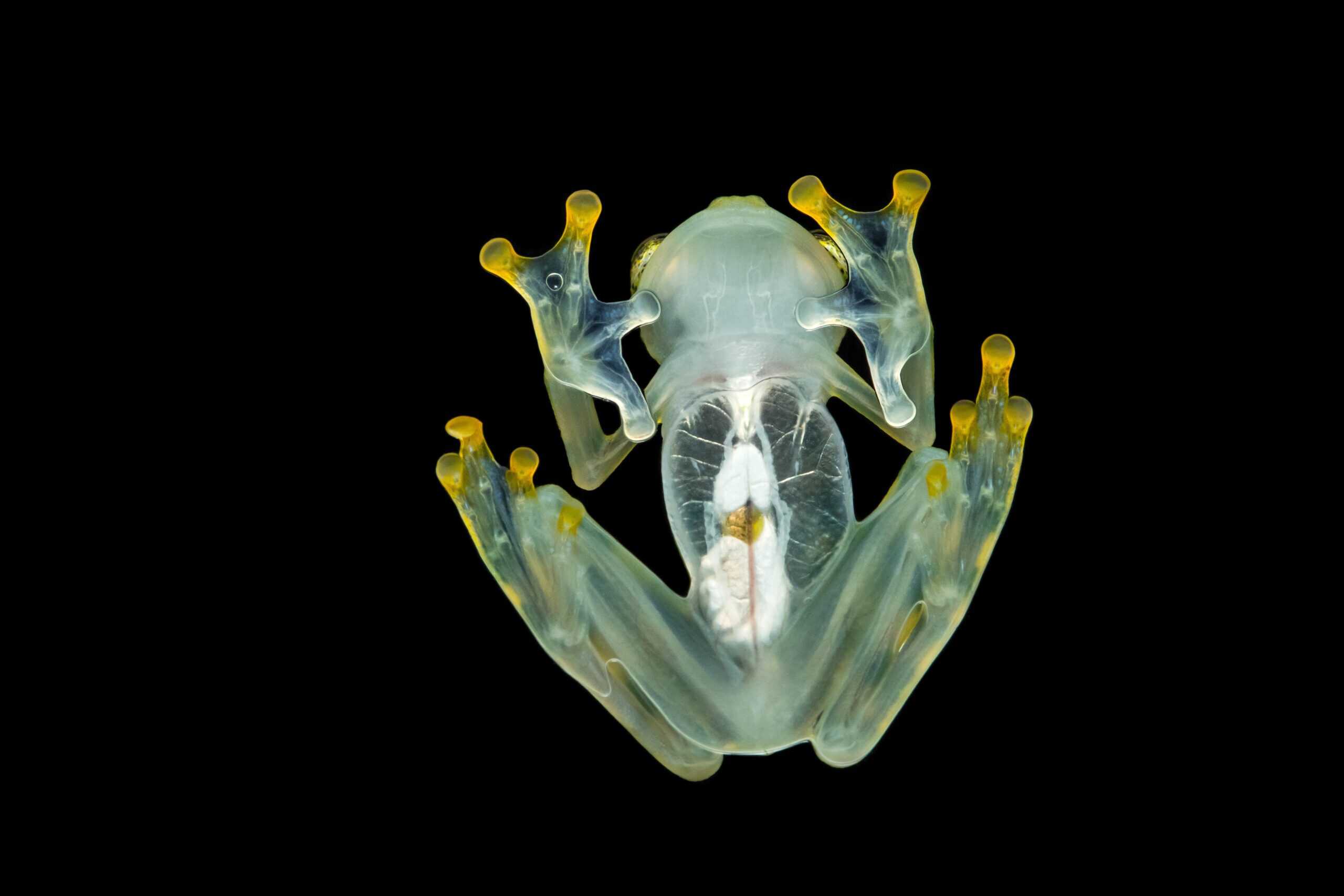
Glass frogs are among the most enigmatic inhabitants of Central and South American rainforests. Their translucent skin, especially on their undersides, reveals their internal organs, including a beating heart, which grants them an ethereal appearance and an excellent camouflage mechanism against predators. This transparency, coupled with their predominantly nocturnal lifestyle, makes them exceptionally elusive. They lay their eggs on leaves overhanging streams, ensuring the tadpoles drop into the water below upon hatching, minimizing the risk from terrestrial predators. Their fascinating reproductive strategies and unique morphology contribute to their mysterious allure.
Golden Poison Dart Frog (Phyllobates terribilis)
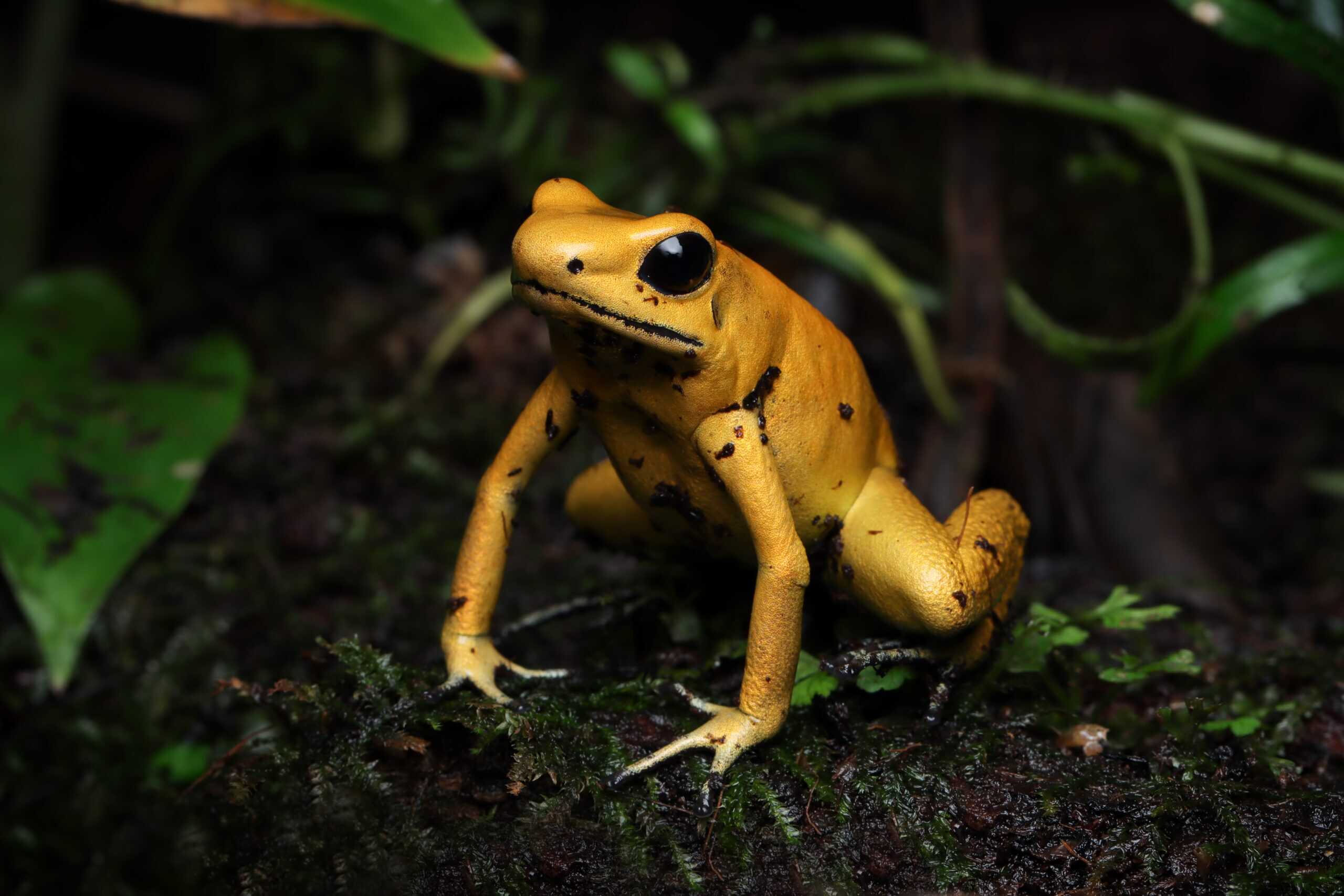
In the rainforests of western Colombia, the Golden Poison Dart Frog stands out not just for its vibrant coloration but also for its potent toxicity. It carries enough poison to kill up to 10 adult humans, making it one of the most toxic animals on Earth. Despite this, the frog is immune to its own poison, an intriguing aspect that scientists are still studying. These frogs acquire their toxicity from their diet, primarily consisting of ants and other small insects in their habitat. Their bright color serves as a warning to potential predators, a stark reminder of their lethal capabilities.
Surinam Toad (Pipa pipa)
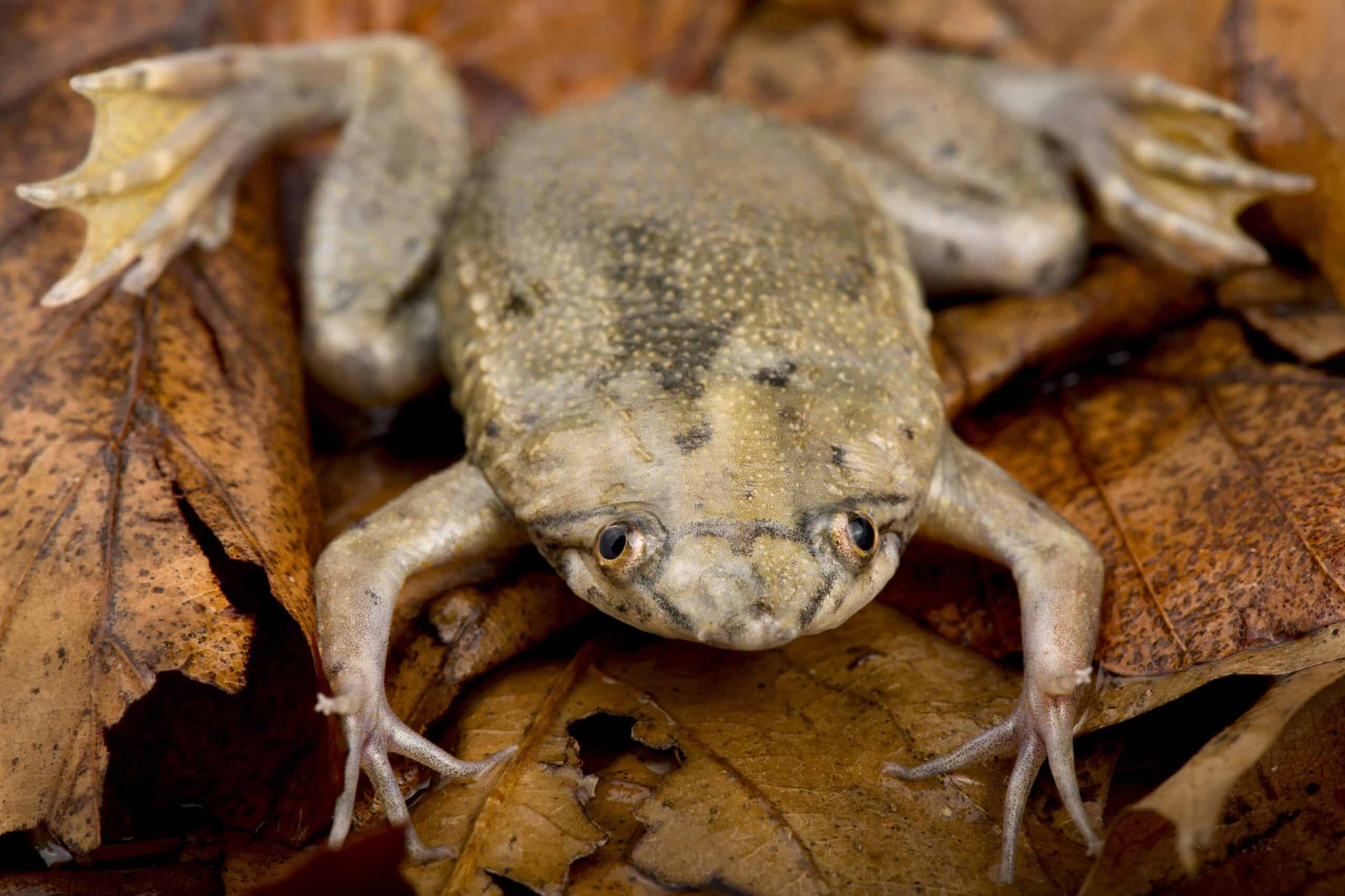
The Surinam Toad, found in the Amazon Basin, is known for its extraordinary reproductive process. After the female lays eggs, the male fertilizes them and then embeds them into the skin on her back. These eggs develop into tadpoles within these skin pockets, eventually emerging as fully formed frogs. This unique reproductive method, coupled with their flattened, almost leaf-like bodies, makes them one of the most peculiar amphibians. Their cryptic appearance helps them blend into the leaf litter at the bottom of slow-moving water bodies, evading predators and adding to their mysterious nature.
Caecilians (Order: Gymnophiona)
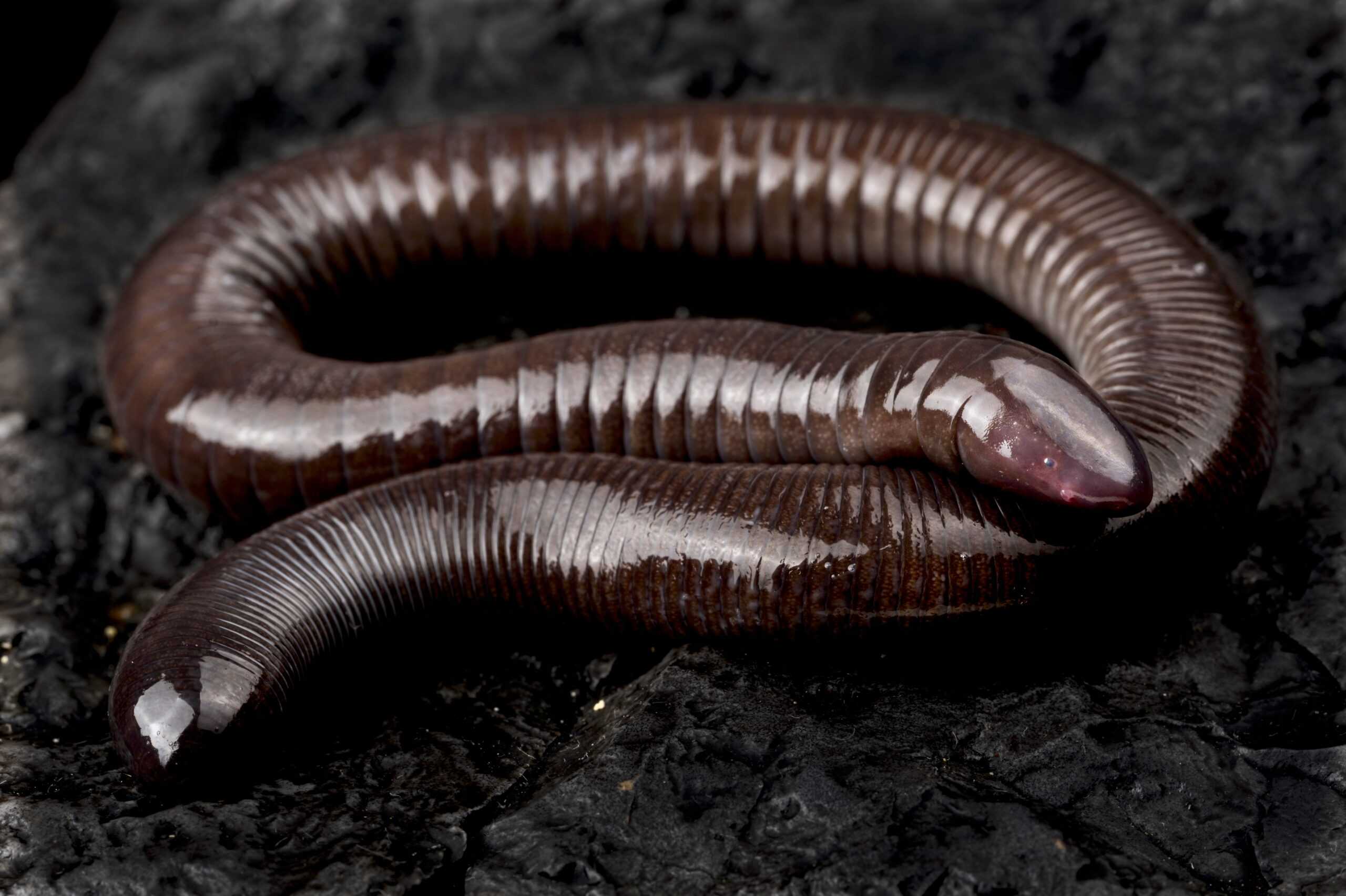
Caecilians are a group of limbless, worm-like amphibians that are often mistaken for snakes or large earthworms. Found in tropical rainforests worldwide, they spend most of their lives burrowing underground or in leaf litter, making them difficult to study. Their secretive lifestyle and elusive behavior contribute significantly to their mysterious reputation. Some species are viviparous, giving birth to live young, while others lay eggs. Their unique mode of locomotion, using internal muscles to move in a concertina fashion through soil, is a fascinating adaptation to their subterranean existence.
Darwin’s Frog (Rhinoderma darwinii)
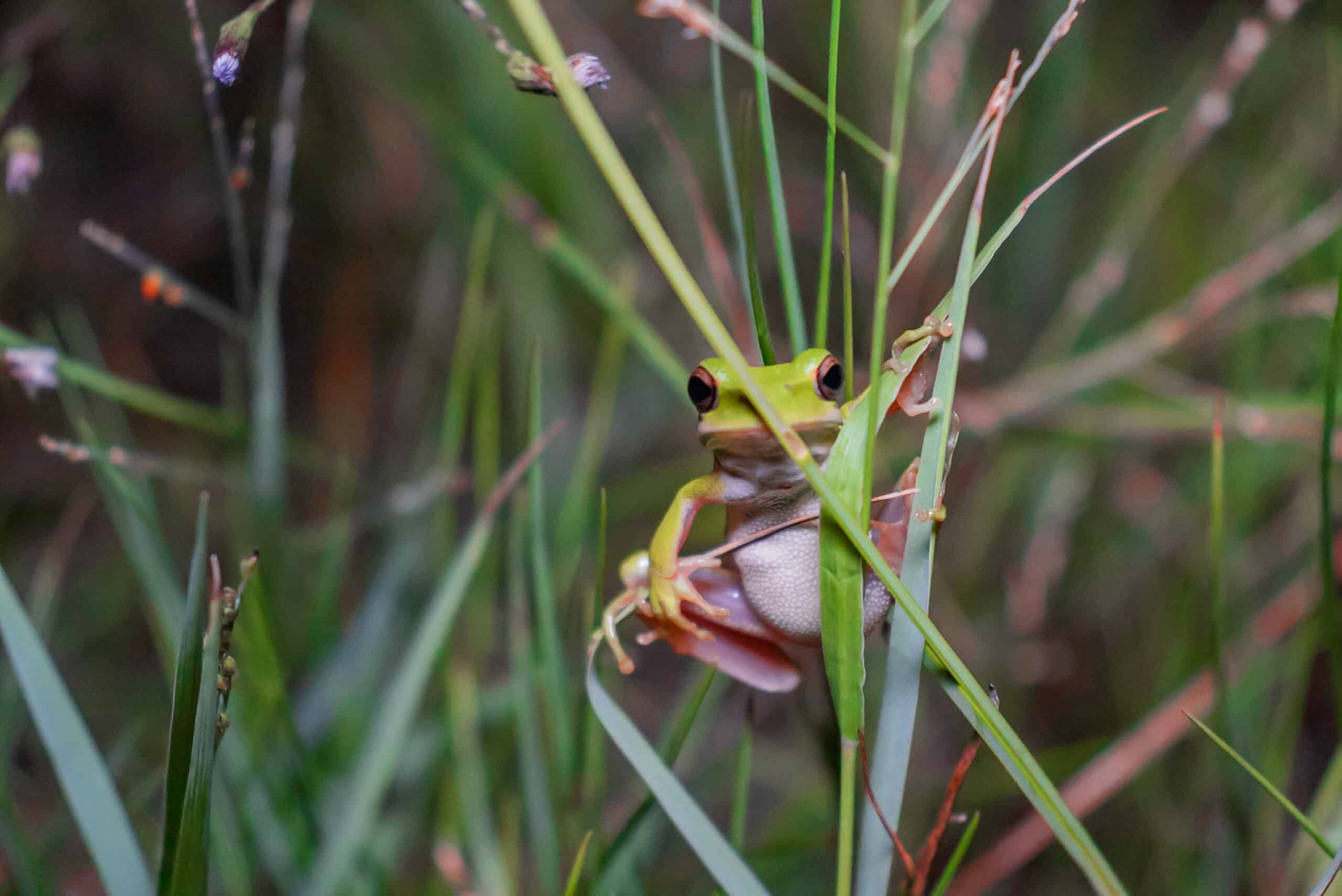
Native to the forests of Chile and Argentina, Darwin’s Frog is named after Charles Darwin, who discovered it in 1834. This small frog exhibits a unique form of parental care known as mouth-brooding. After the female lays eggs, the male guards them until they hatch. He then carries the tadpoles in his vocal sac until they metamorphose into tiny froglets and emerge from his mouth. This remarkable reproductive strategy, along with their leaf-like appearance that provides effective camouflage on the forest floor, makes Darwin’s Frog one of the most intriguing amphibians.
Axolotl (Ambystoma mexicanum)
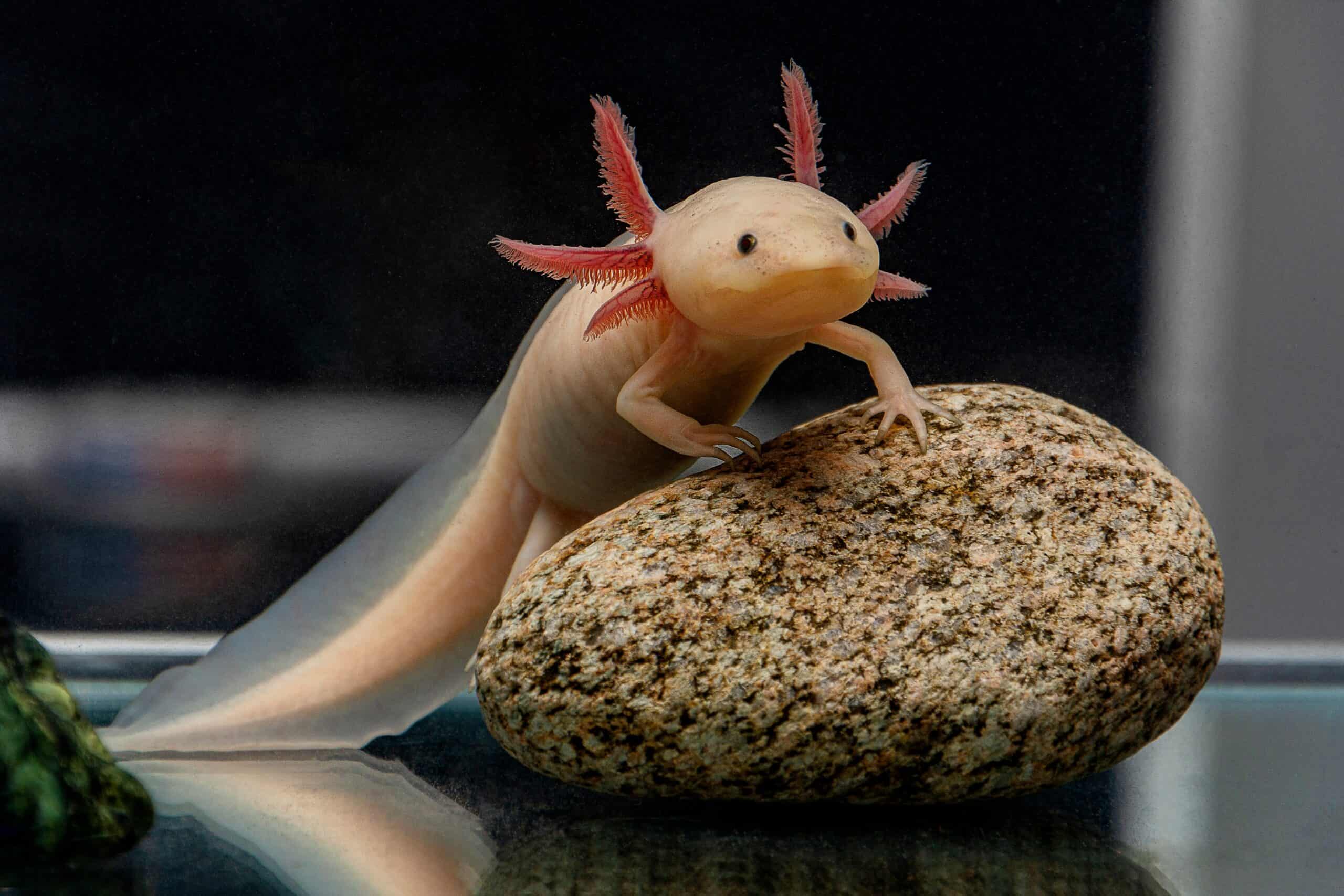
Although not a rainforest species, the Axolotl, native to the lakes of Mexico, is renowned for its extraordinary regenerative abilities. It can regenerate entire limbs, spinal cord, heart, and other organs, a trait that has made it a subject of extensive scientific research. Unlike most amphibians, axolotls retain their larval features throughout their lives, including their gills, a condition known as neoteny. This permanent juvenile state, combined with their regenerative powers, adds a layer of mystery to their biology, making them a fascinating subject of study.
Panamanian Golden Frog (Atelopus zeteki)
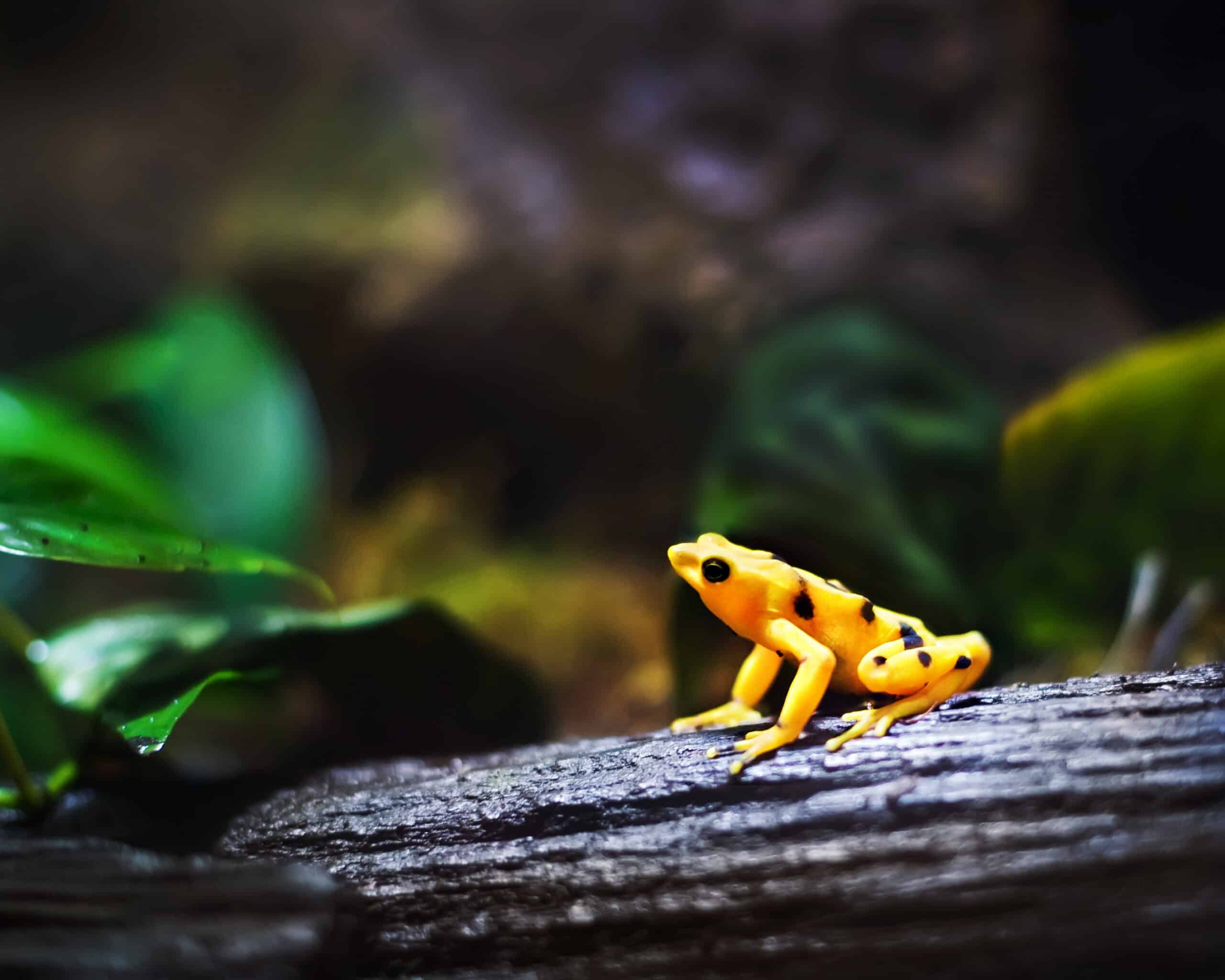
The Panamanian Golden Frog, found near streams and waterfalls in Panama, is not only notable for its vibrant yellow coloration but also for its unique mode of communication. Unlike most frogs, males cannot produce vocal sounds due to the absence of a vocal sac. Instead, they use a form of semaphore, waving their arms and bobbing their heads to attract females and deter rivals. This species is critically endangered, with wild populations decimated by the chytrid fungus. Conservation efforts in captivity are ongoing to prevent their complete extinction.
Kaiser’s Spotted Newt (Neurergus kaiseri)
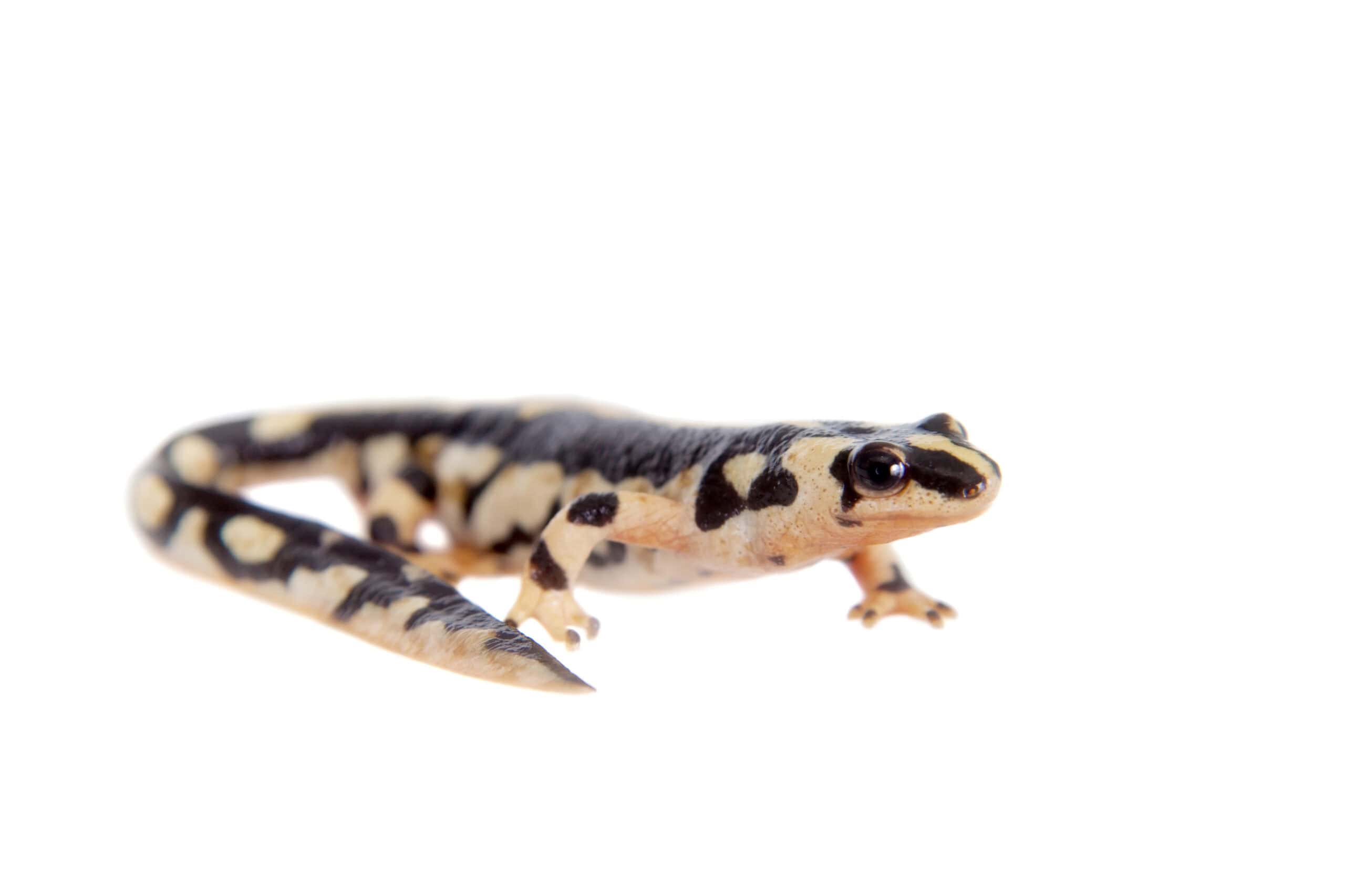
Endemic to only four streams in Iran, the Kaiser’s Spotted Newt is one of the rarest and most striking amphibians. Its black and white spotted body, coupled with bright orange markings, makes it visually distinct. However, habitat destruction and illegal pet trade have pushed this species to the brink of extinction. With a population estimated at fewer than 1,000 individuals, the Kaiser’s Spotted Newt’s mysterious and elusive nature, combined with its precarious status, highlights the urgent need for conservation measures to protect this unique amphibian.
Blue Poison Dart Frog (Dendrobates tinctorius ‘azureus’)
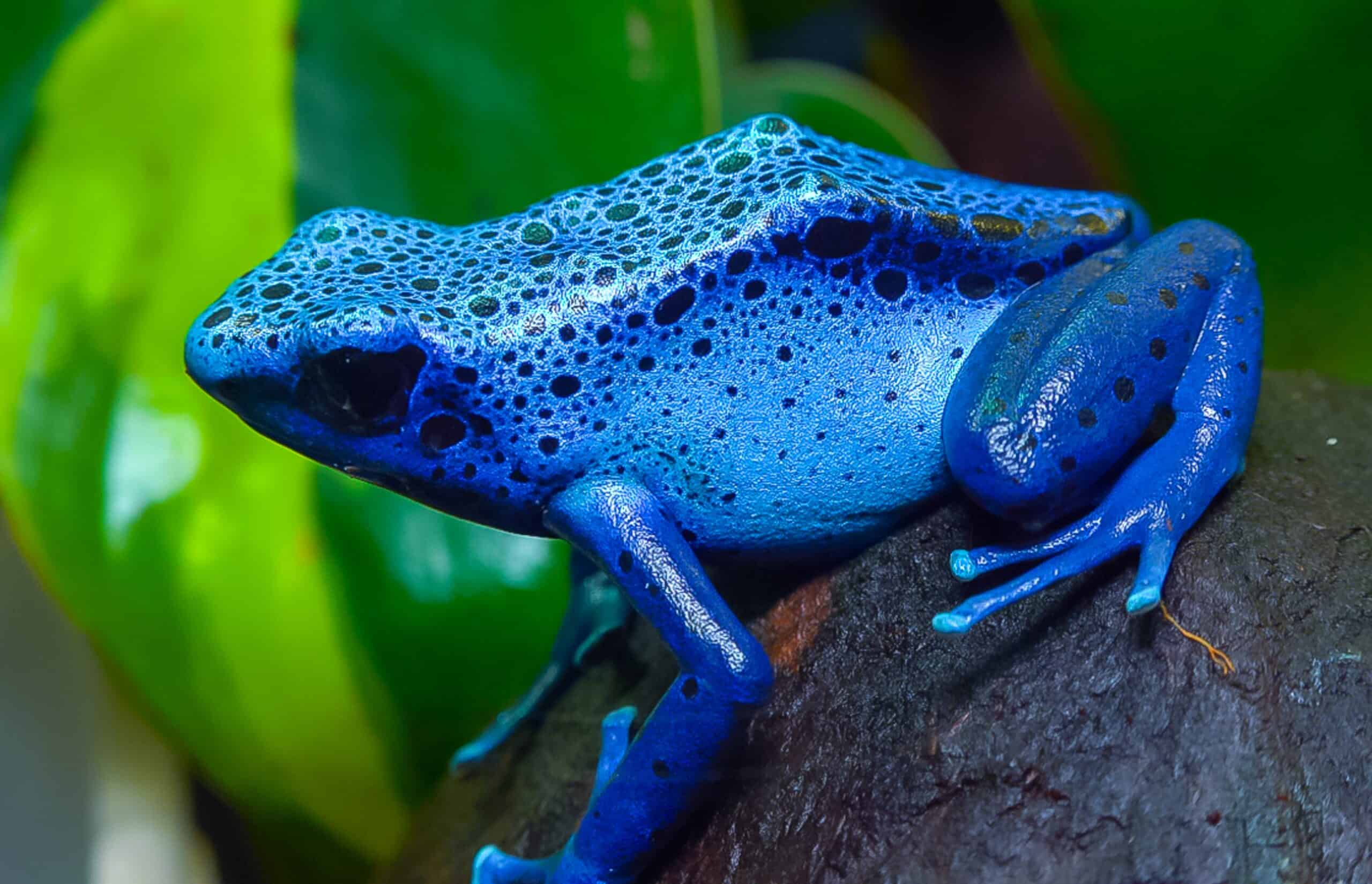
The Blue Poison Dart Frog, native to the rainforests of Suriname, is known for its stunning blue coloration with black spots. This coloration serves as a warning to predators about its toxicity, derived from its diet of ants and other small invertebrates. Despite their toxicity, these frogs are threatened by habitat loss and the pet trade. Their fragmented range makes them particularly vulnerable, and their secretive nature in the wild adds to the challenge of studying and conserving them.
Corroboree Frog (Pseudophryne corroboree)
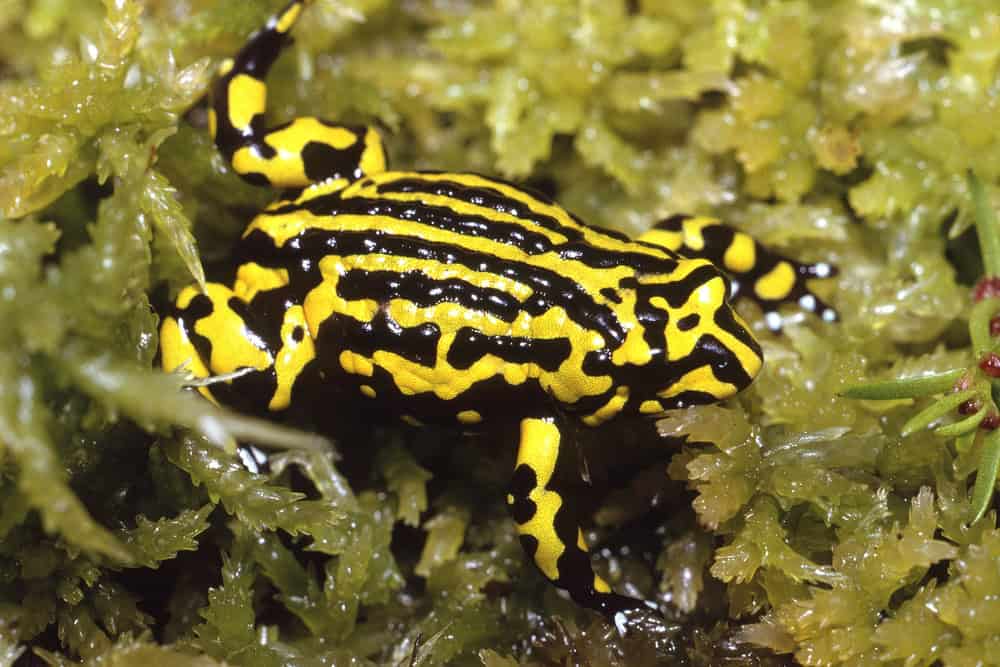
Found only in the alpine regions of Australia’s Kosciuszko National Park, the Corroboree Frog is one of the most endangered amphibians in the world. Its striking yellow and black coloration, coupled with its tiny size, makes it a unique species. The spread of the chytrid fungus, along with habitat loss and climate change, has decimated their populations. Conservation efforts are focused on captive breeding and habitat restoration to save this enigmatic frog from extinction.
Giant Chinese Salamander (Andrias davidianus)
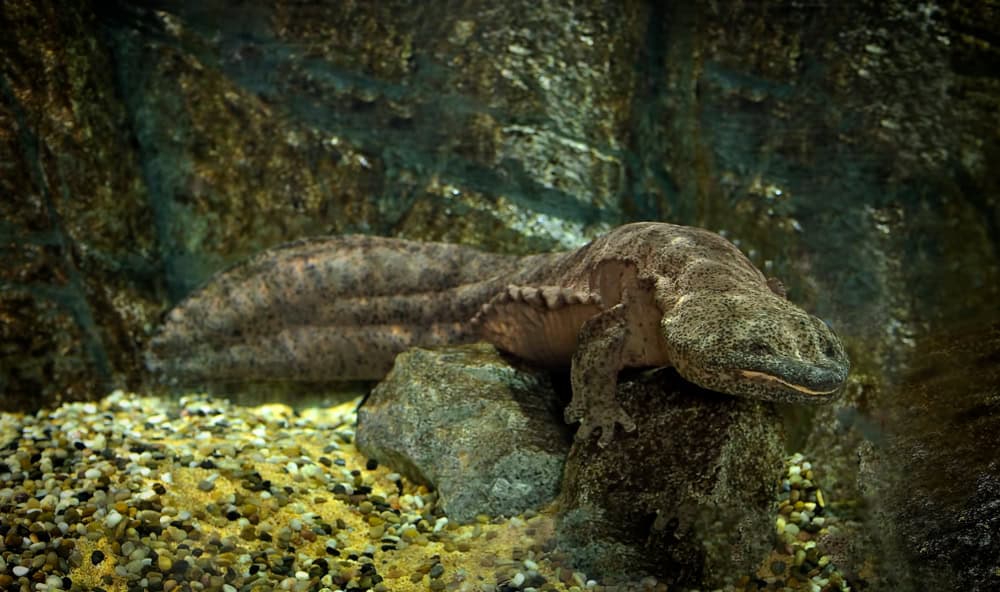
The Giant Chinese Salamander is the largest amphibian in the world, capable of reaching lengths of nearly 6 feet. Found in the rivers and lakes of China, this species has remained relatively unchanged for millions of years, resembling its ancient ancestors. Its nocturnal and aquatic habits, along with its wrinkled skin that helps in respiration, make it a fascinating yet elusive creature. However, habitat destruction and over-harvesting for its meat have severely threatened its survival, highlighting the need for stringent conservation efforts.
Hellbender (Cryptobranchus alleganiensis)
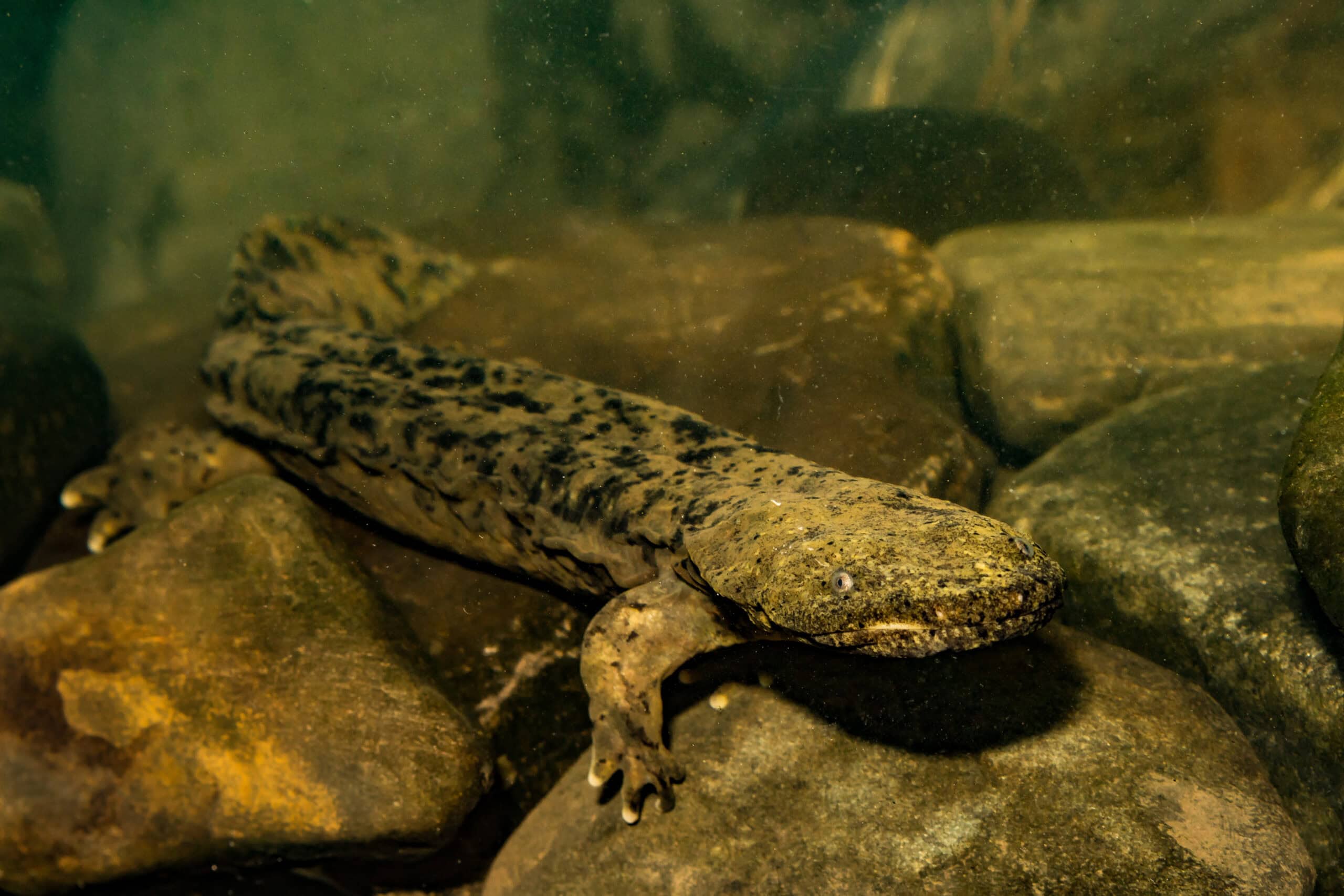
The Hellbender, North America’s largest salamander, is found in clean, fast-flowing streams from New York to Alabama. Its wrinkled skin increases its surface area for respiration, a vital adaptation for its aquatic lifestyle. Despite its size and unique appearance, the Hellbender faces threats from habitat degradation and pollution. Its unusual nicknames, such as “snot otter” and “devil dog,” reflect its odd yet captivating presence in the ecosystem. Conservation efforts focus on preserving its natural habitats and mitigating the impacts of environmental changes.
This article originally appeared on Rarest.org.
More from Rarest.org
19 Rarest Musical Instruments in the World

Musical instruments have a way of capturing our imaginations, not just through their sounds but also through their unique histories and designs. Read more.
20 True Facts That Are Deeply Disturbing

In a world full of fascinating facts and intriguing discoveries, some truths are not just surprising but downright terrifying. Read more.
19 Captivating Facts About Mythical Beings from Around the World

Mythical creatures have fascinated humanity for centuries, weaving their way into the fabric of folklore and storytelling across the globe. Read more.
